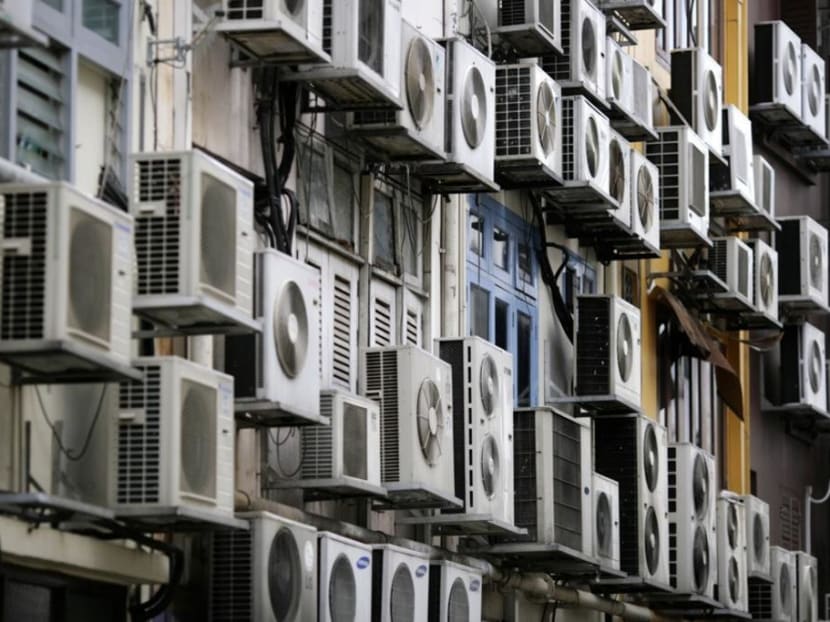Beat the heat: More affluent households turn on air-con, lower-income ones use water
SINGAPORE — A study of water and electricity bills of more than 100,000 households here has found a marked difference in the way Singaporeans of different socio-economic statuses cope with the heat.
SINGAPORE — A study of water and electricity bills of more than 100,000 households here has found a marked difference in the way Singaporeans of different socio-economic statuses cope with the heat.
Higher-income households tend to use electricity — likely through the use of air-conditioning — for relief when temperatures rise, while those with lower incomes tend to rely on water — by bathing more often, and longer.
A 1°C rise in temperature can cause an average household living in a two-room apartment to increase its water use by nine litres a day, showed the research conducted by National University of Singapore (NUS) economics professor Alberto Salvo.
This translates to one additional shower daily for every 2.3 households.
In contrast, there is no significant change in water consumption for households living in five- or six-room apartments. But electricity demand increases by an average of two kilowatt hours per day when the temperature rises by 1°C.
This is equivalent to operating an air-conditioning unit for two more hours each day. Such a rise in electricity demand is double the estimation for United States residents during the summer, according to Associate Professor Salvo.
Results of the NUS study were published in scientific journal Nature Communications on Thursday (Dec 20), and Assoc Prof Salvo said in a press release that the study is significant as it can provide insight into how other urban populations in Asia — particularly water-stressed ones — will respond as incomes rise and the climate warms.
Given that climate models in South-east Asia are projecting that temperatures will increase by 1°C to 4°C and rainfall to decrease by 20 to 30 per cent by 2070, he said policymakers can use the data to improve the design and allocation of water and electricity grids.
“Air-conditioners powered by electricity generated from burning fossil fuels come at an environmental cost, but one added benefit is that they may reduce a household’s water demand when seeking relief from heat,” he added.
Assoc Prof Salvo’s study was largely based on the utility consumption of about 130,000 households — which were selected through a one in 10 random sample of all households in Singapore from 2012 to 2015. Data from unseasonably warm or cool months was analysed.
Less than 20 per cent of two-room apartments studied had an air-conditioner installed at the time of the study, he noted.
To confirm his observations, Assoc Prof Salvo further conducted a survey with 300 people and found that 39 per cent of them indicated that they would shower more often and longer on a very hot day, while another 36 per cent stated that they would turn on the air-conditioner.
Of those who turn to water-based cooling measures, the respondents in the survey said that they may resort to cooling themselves by washing their faces or clothes besides showering more frequently.
Assoc Prof Salvo plans to explore whether the findings for Singapore can be extended to other Asian cities — such as Mumbai and Jakarta — with different climates or levels of economic development.












